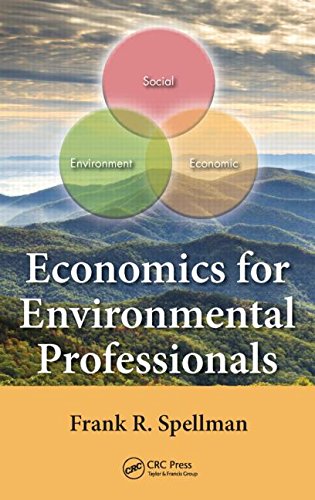

Most ebook files are in PDF format, so you can easily read them using various software such as Foxit Reader or directly on the Google Chrome browser.
Some ebook files are released by publishers in other formats such as .awz, .mobi, .epub, .fb2, etc. You may need to install specific software to read these formats on mobile/PC, such as Calibre.
Please read the tutorial at this link: https://ebookbell.com/faq
We offer FREE conversion to the popular formats you request; however, this may take some time. Therefore, right after payment, please email us, and we will try to provide the service as quickly as possible.
For some exceptional file formats or broken links (if any), please refrain from opening any disputes. Instead, email us first, and we will try to assist within a maximum of 6 hours.
EbookBell Team

0.0
0 reviewsEnvironmental professionals are often called upon to find solutions to environmental degradation problems or to lead the way in planning to prevent them. Because they come mainly from the environmental and science disciplines, most environmental professionals have limited training in the fundamentals of economics. This book is designed to provide those professionals not only with the basic principles of economics for foundational purposes but also the economic pros and cons to consider when making critical decisions on environmental issues.
Economics for Environmental Professionals provides a fully explanatory, quantitative, and practical introduction to a wide range of topics that make up the science of environmental economics. Moreover, it showcases the power of economic principles to explain and predict issues and current events impacting the environment. It discusses the economics relevant to the environmental mediums of air, water, and land and provides pertinent information on air toxics, hazardous wastes, and other related topics. It provides environmental professionals with the education not only to understand the nuts and bolts of economic analysis but also to conduct economic analyses.
Throughout the book, the author joins economics and environmental practice with common-sense approaches and practical real-world examples. Designed to stimulate thought, the book explores strategies for maintaining a safe environment without excessive regulation and cost. With the information in this book, environmental professionals will have an understanding of the framework in which environmental problems exist, what they cost, how to pay for them, and what the payback is (if any).